MOON MINING It’s closer than ever thanks to a small Canadian company
Mining here on earth is a brute force industry, says Dale Boucher, chief executive officer of Deltion Innovations Ltd. of Capreol, Ont.
“If a rock is too big, you just get a bigger hammer to hit it with,” says Boucher.” You can’t take the same approach with space mining. You have to learn how to do things with very little weight and very little power.” Mining in outer space may seem like the stuff of science fiction but, in fact, it is going to happen sooner than most of us can imagine. NASA is currently planning a lunar Resource Prospector Mission; with a “notionally targeted launch” in 2018.
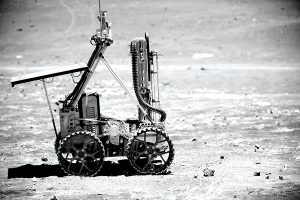
Heavily studded wheels are a key design feature.
While the mother ship orbits the moon, a lander will descend to the surface.
A rover will emerge from the lander, equipped with a robotic drill designed to explore for ice water at the South Pole, and Deltion is one of the companies in the running to supply the drill.
With funding from both NASA and the Canadian Space Agency, Boucher and his team have spent the past decade designing and testing a robotic drill capable of functioning on the surface of the moon where the temperature typically hovers at around minus 230 Celsius, and there is no atmosphere.
Deltion’s drill, formally known as the Vacuum Capable Drilling Unit (VCDU), weighs less than 25 kilograms and operates on less than 100 watts of power.
Last June, Boucher and his team put their device to the test. They transported it to NASA’s Glenn Research Center in Cleveland and demonstrated its capabilities in the center’s moon chamber; a silo about one metre in diameter and two high which replicates conditions on the lunar surface.
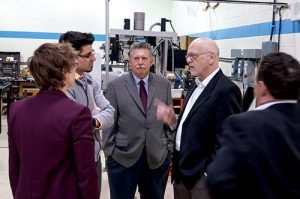
Jim Richard , chairman (centre) and Dale Boucher CEO (right) talk about the various pieces of equipment.
Earlier this year, the CSA awarded Deltion a $700,000 contract to develop another device called a Progressive and Rotary Multi-purpose Tool (PRMPT) which will operate on the end of a 1 1/2- metre robotic arm. It will weigh less than five kilograms and requires, on average, less than 50 watts of power and will be capable of drilling into a celestial surface and collecting samples.
But it must also be able to perform others tasks, such as assembling structures in space. PRMPT will have to be able to remove its coring drill and replace it with a half-inch socket wrench that can be used to fasten nuts to bolts. It will also be expected to perform a third function; drilling holes through aluminum struts, if necessary, to complete an assembly on the surface of the moon, or perhaps even Mars.
However, before any of Deltion’s devices make it into space, the CSA needs an expanded mandate from the federal government.
Currently, Boucher says, the agency is mandated to focus on earth-observation satellites and support for the International Space Station, where the Canadarm has performed remarkably well and proven its value.
In 2012, NASA invited the CSA to participate in the upcoming lunar resource prospector mission, but the agency was unable to accept due to the limits of its mandate. NASA then began pumping millions of dollars into U.S.
companies in order to match Deltion’s capabilities. Meantime, the CSA has continued to fund Deltion to keep the company in contention should federal politicians give the agency leave to participate in a lunar mission.
“The CSA has been trying to edge us closer to flight-ready status in anticipation of getting a change of mandate,” says Boucher. “We have never hit the point where the politicians have said: Okay, do it.” He says the agency needs political approval by this fall or Canada will be sitting on the sidelines and a huge opportunity will be lost.
“Space mining is inevitable,” Boucher adds. “It will happen. As a mining nation, Canada should be taking a stand. We’d be in a good position to lead the world if we got on the lunar Resource Prospector Mission.” The purpose of the RPM is to determine how much frozen water is contained within the top metre of the lunar surface and within a specific area near the South Pole.
Orbital reconnaissance has led NASA scientists to conclude that water and ice comprises three to five per cent of the surface by weight. However, scientists have not been able to determine whether the surface is hard and cement-like, or loose and granular like a beach and there are good arguments for both.
Deltion’s VCDU device is capable of drilling through either a cement-like surface to collect a core sample or gathering loose, granular material. The company demonstrated its capabilities at a CSA research facility in St. Hubert, Que. by drilling through a two-metre high container filled with layers of dried sand, clay, dolomite, basalt and other materials. And Deltion had to do the drilling without using fluids or lubricants of any kind since they would instantly be vaporized if exposed to the vacuum on the surface of the moon.
The company also demonstrated during the test last June at NASA’s Glenn Research Center in Cleveland that it has solved a heat-management problem. The electric motor in the device is the size of a coffee cup and was designed specifically for use on the moon by a Swiss company called Maxon Motor. When the motor is driving the drill, the coils can reach a temperature of plus 200 degrees Celsius.
That wouldn’t be a problem if it were operating on earth because the heat could dissipate into the atmosphere. However, the moon has no atmosphere, meaning that the device will have to operate in a vacuum, which acts as an insulator and prevents the heat from escaping.
Boucher and his team have designed something called a heat path to transfer that energy from the motor to a heat management system within the rover.
The lunar Resource Prospector Mission is merely the first step in a long-range plan currently under consideration by space agencies around the world. They are considering a next generation space station that will either orbit the moon, or alternately, may be parked in space at what is known as a lagrange point, where the gravitational forces of the earth and the moon cancel each other, allowing a small object like a space station to remain immobile.
“They are talking about how to provide fuel and water to the space station from the moon,” says Boucher. “They need to have a long-term mining operation on the moon to do that.” Ice from the moon could serve several purposes. It could be a source of drinking water. It could be broken into its constituent elements to provide a supply of oxygen for the astronauts. The hydrogen and oxygen could be used as sources of energy in fuel cells that generate electricity.
Finally, spacecraft en route to Mars and, reliant on hydrogen and oxygen, could stop at the space station to load up on fuel.
Deltion is a small company (it has just seven employees at the moment) but Boucher and his team are aiming for the moon. They stand a good chance of succeeding if the CSA can convince its political masters to expand its mandate to include participation in lunar missions.
If that doesn’t happen, Deltion will have to find earthly applications for its space-age technology.
The company has already transferred some of its dry-drill technology to Winnipeg-based Dimatec Inc., a manufacturer of high-quality diamond drilling equipment.
Deltion’s heat-management system may be of use to mining companies that are delving ever deeper and encountering rock temperatures in the range of 40 to 50 degrees Celsius.
Deltion has also figured out how to mitigate the impact of moon dust on bearings without oiling the surfaces and the dust on the moon is made up of sharp, angular surfaces as opposed to the rounded particles of earthly dust.
“We understand robotics, battery-powered systems, thermal management and dust management,” says Boucher. “There’s a whole array of capabilities that we or our partners have that can be transferred to the mining industry.”
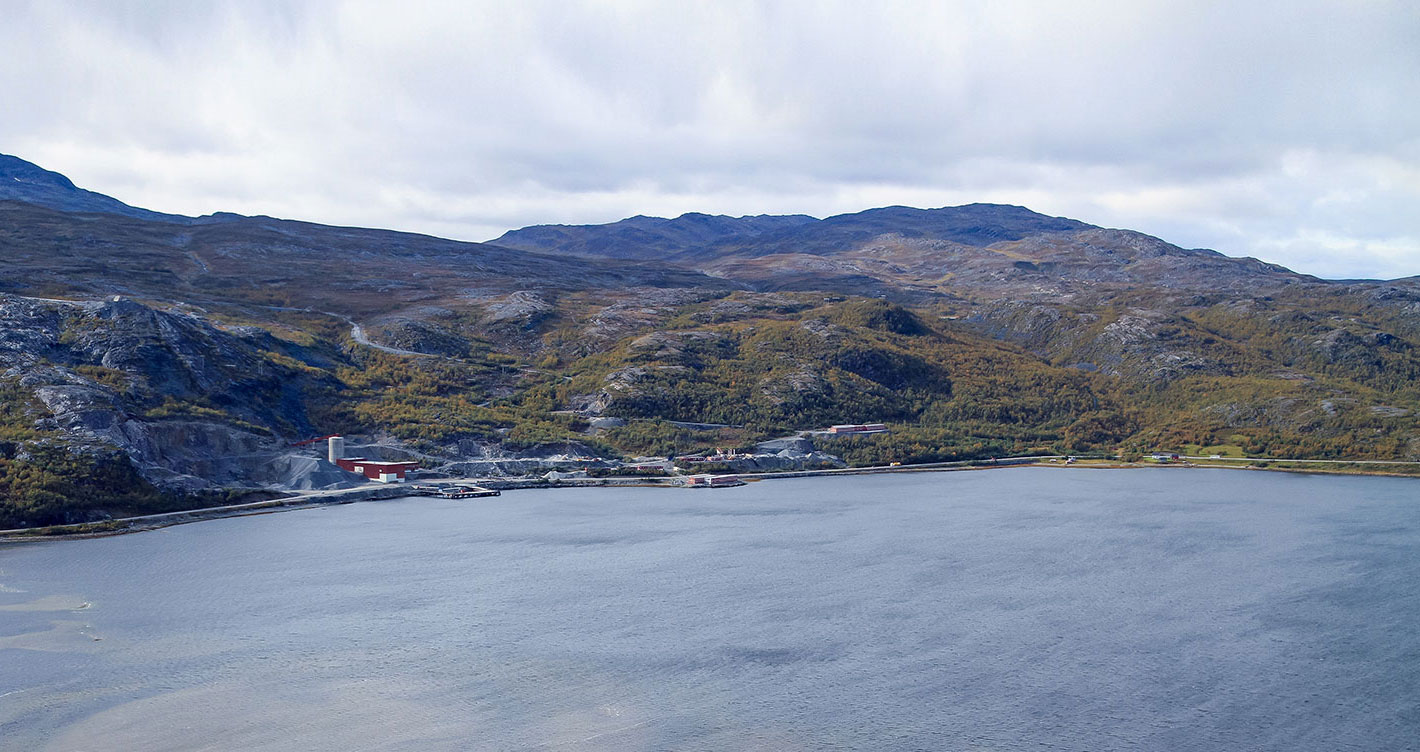
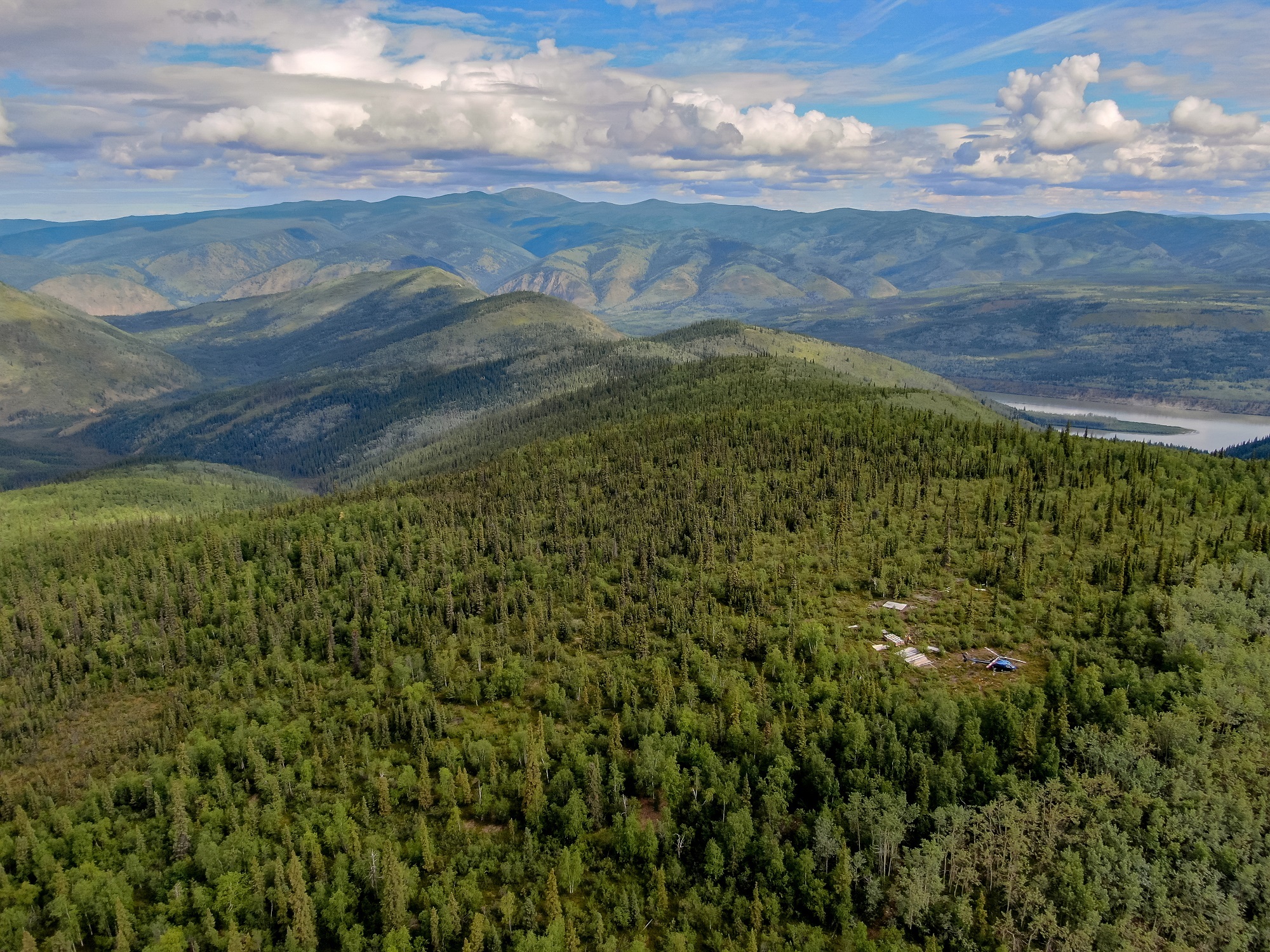
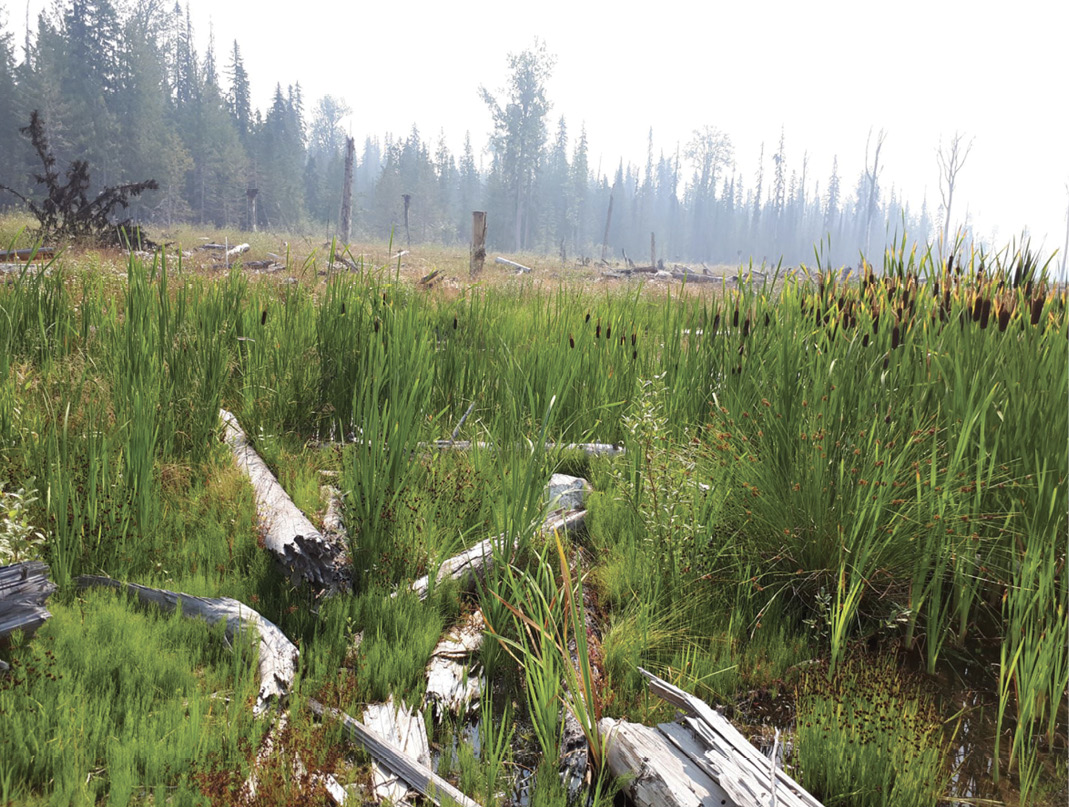
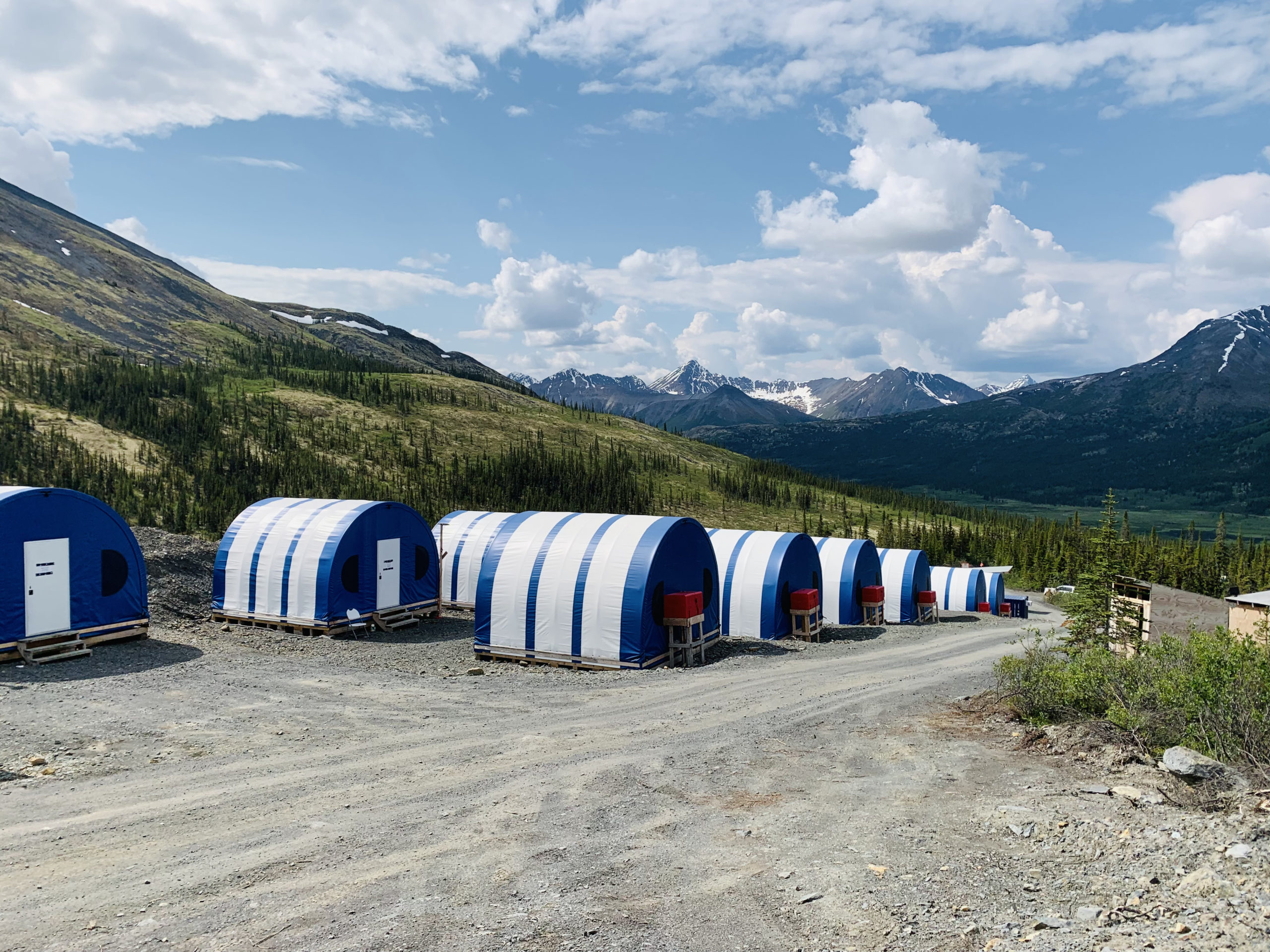
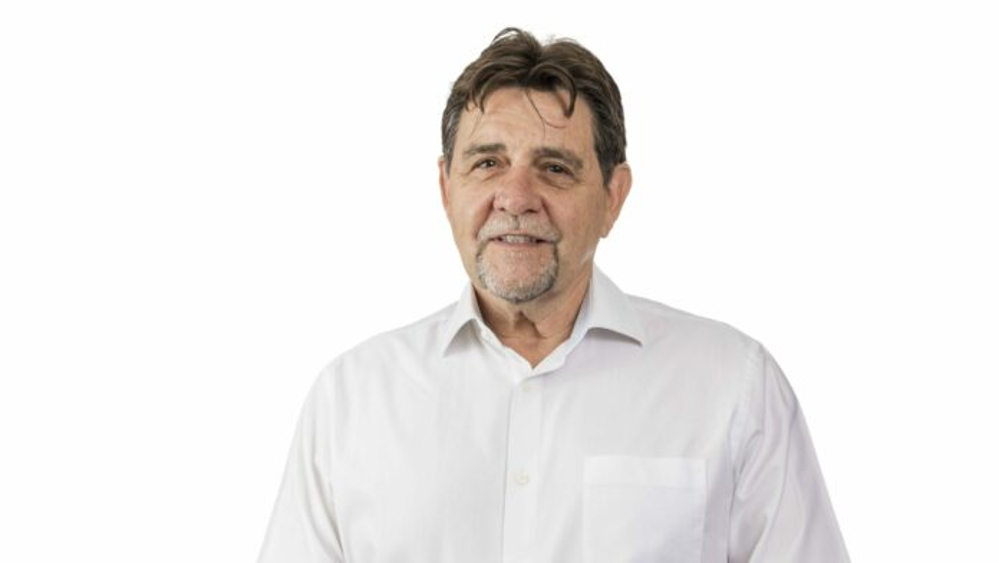
Comments